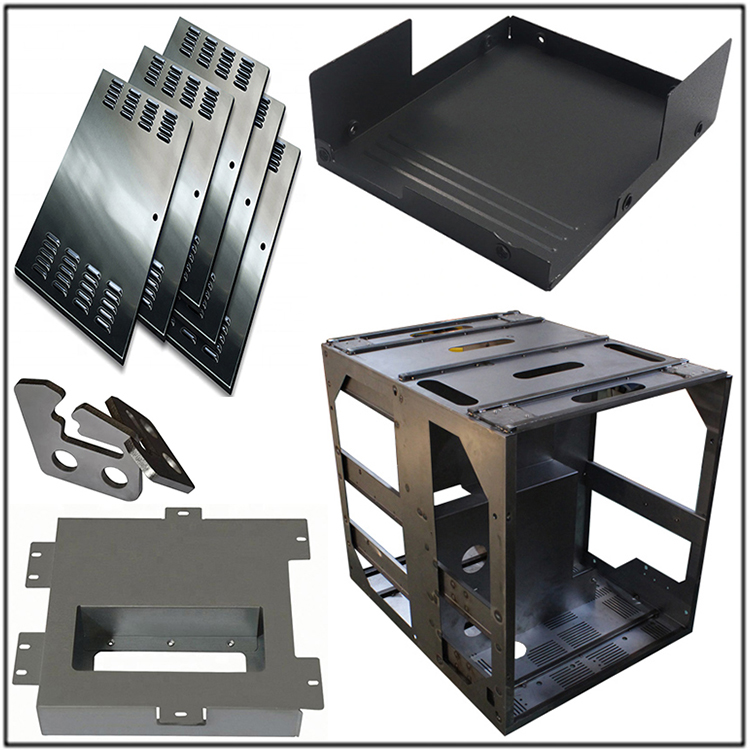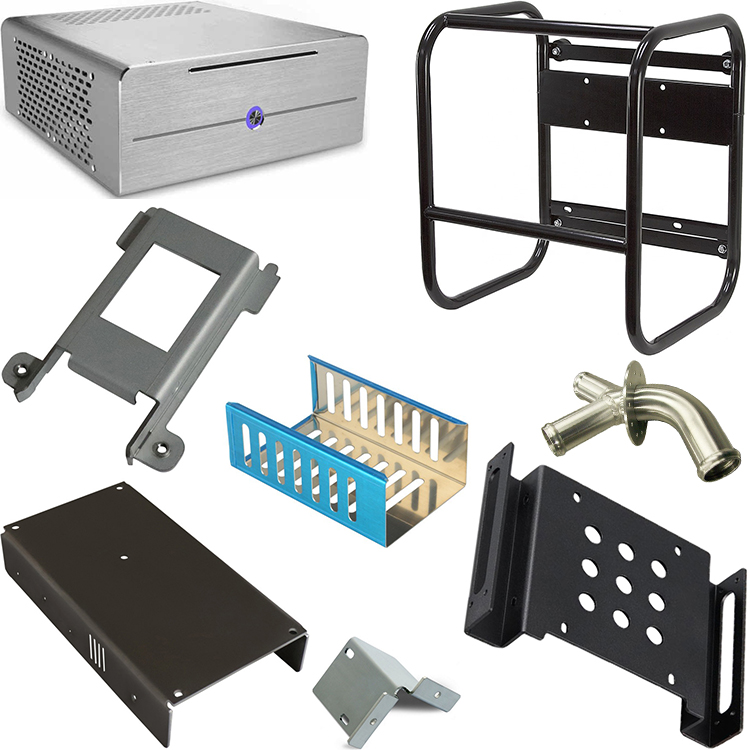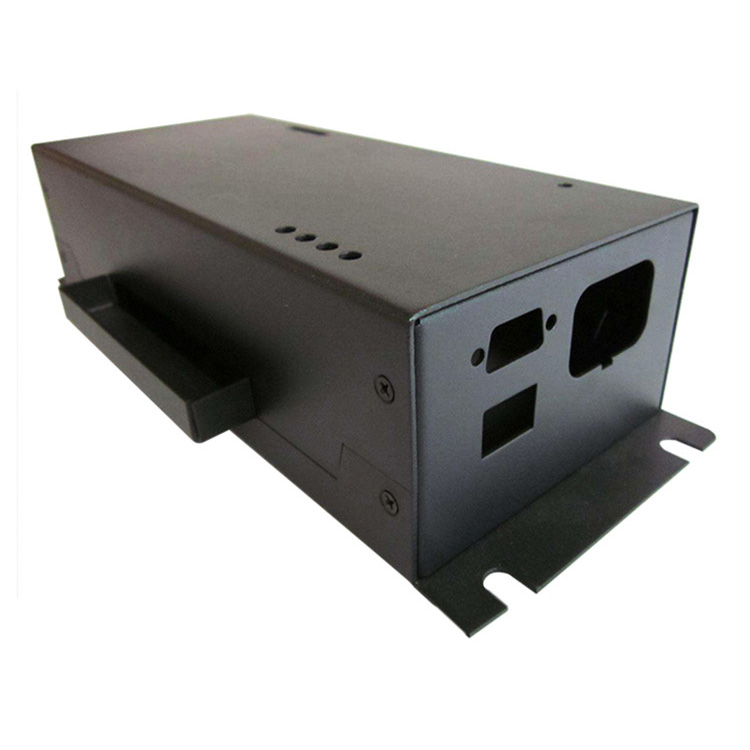
Material Selection Helpful for Sheet Metal Part Design
Sheet metal processing, as indicated by the term "sheet metal", is a type of plastic processing that involves stamping or bending plate-shaped metal using tools such as punches or mechanical forces. Due to the bending of plate-like objects, it is sometimes compared to origami or paper crafts. Next, we will explain the materials used for sheet metal processing.
The difference between sheet metal processing and stamping processing
Plastic processing using sheet metal includes sheet metal processing and stamping processing. Sheet metal processing is the process where workers manually insert materials into a universal mold, such as a mold that can be bent at right angles or a mold that can be perforated. Using the same mold and equipment, insert materials in different directions to form complex shapes. Due to the lack of specialized molds, it is suitable for processing small quantities of parts, etc.
On the other hand, stamping processing uses complex specialized molds. Like continuous stamping machines, materials are transported by equipment for continuous processing. Due to the need for specialized molds, although it requires initial costs, it is suitable for mass production of the same parts. Both sheet metal processing and stamping processing utilize the plastic deformation of metal materials, so the way of thinking about materials is very similar.
The materials used for sheet metal processing and stamping processing can be roughly divided into the following three types.
■ Steel
■ Non ferrous metal materials
■ Non metallic materials
In non-metallic materials, besides synthetic resin boards, fiber based resins such as FRP or felt are also used. However, when it comes to "sheet metal", steel materials and non-ferrous metal materials are usually associated.
Steel used for sheet metal processing
The steel materials used for sheet metal are so-called steel plates and stainless steel plates known as iron-based carbon steel. When it comes to steel materials, people may think of "iron", but in fact, there are not many "iron" used as sheet metal. Therefore, almost all the "iron" used for sheet metal is "steel". The main iron-based carbon steel sheet metal materials are as follows:
■ SPCC
Cold rolled steel plate. Also known as cold-rolled mirror thin steel. It is made by hot rolling steel and then cold rolling it, with a smooth and glossy appearance. It is soft and has excellent processability, and is commonly used in automotive parts and other applications. Due to its susceptibility to rusting, almost all post-processing such as plating and electroplating is required after processing.
■ SPHC
Hot rolled steel plate. There are two types, one is a material called black skin, which has a dark color and turns black when touched; Another method is to use a material called acid washed material, which removes the black skin with acid. Although relatively cheap in price, it does not guarantee strength and has the property of being harder to bend than SPCC.
■ SECC
Electroplated galvanized steel sheet. It is a material made of SPCC electroplated zinc. Like SPCC, it has excellent processability and is rust resistant, corrosion-resistant, and aesthetically pleasing due to its electroplating treatment. In addition, it also has excellent paintability and is suitable for use as equipment casings for indoor use. Some manufacturers sometimes refer to it as Bond steel plate or RIVER ZINC, etc.
■ SGCC
Hot dip galvanized steel sheet. It is also commonly known as galvanized iron. It is a material made by hot-dip galvanizing SPCC by immersing it in molten zinc. Although its processability is inferior to SPCC and SECC, it is used for outdoor roofs and other purposes due to its high anti rust effect.
SUS304 (SUS316, SUS430)
Stainless steel plate. Most of them are SUS304, but there are also SUS316, SUS430, and so on. It is an alloy steel made by adding chromium and nickel to iron, characterized by strong rust resistance and beautiful appearance. SUS304 is more expensive than SPCC and slightly more difficult to process, but its excellent rust prevention effect has been highly praised and is used in various components such as daily necessities.
Nonferrous metal materials used for sheet metal processing
The sheet metal materials of non-ferrous metals can be mainly divided into aluminum based and copper based materials.
■ A5052P
The most commonly used aluminum plate in sheet metal is A5052P. Unless otherwise specified, almost all references to aluminum plates refer to A5052P. A5052P is a lightweight material that is easy to bend and not prone to rusting.
■ C1020
C1020 is a high-purity copper plate known as oxygen free copper. In addition to being soft and highly machinable, it also has excellent electrical and thermal conductivity, but low strength. Commonly used for electronic devices and other components.
■ C1100
C1100 is known as tough copper purple copper, which is copper with excellent corrosion resistance and weather resistance. It is soft and easy to process, but has the property of cracking easily under high temperature conditions.
Summary
Sheet metal processing is one of the typical machining methods in mechanical processing. Simply remembering which material has what characteristics can help with the design of sheet metal parts.










